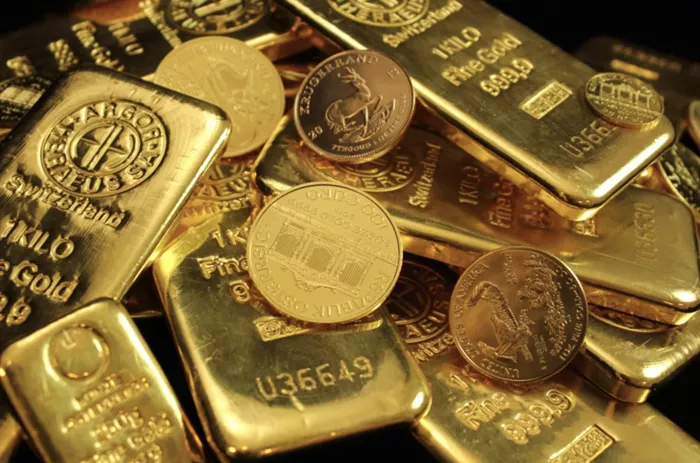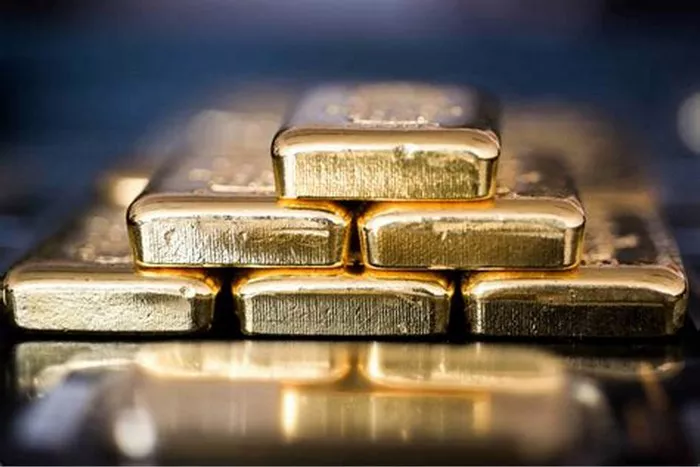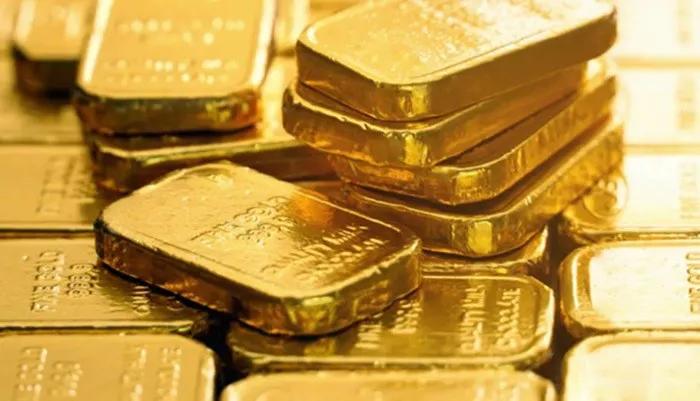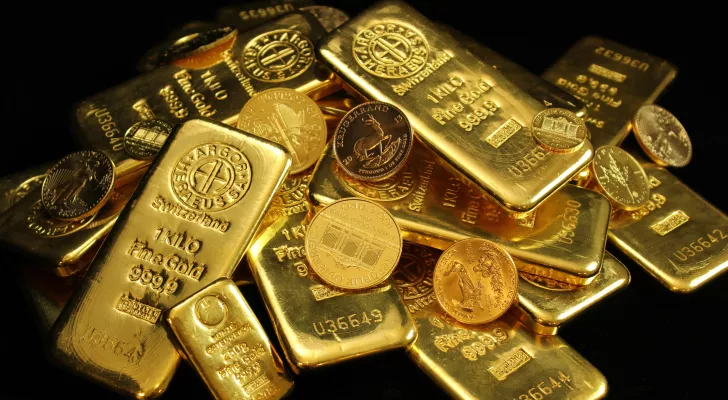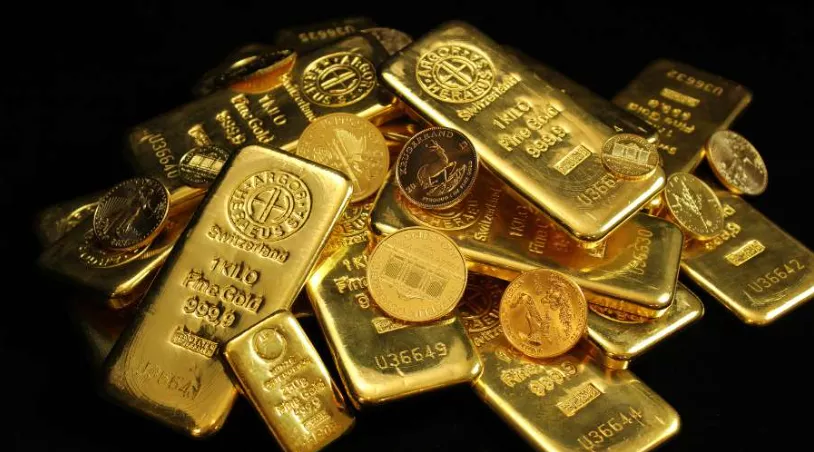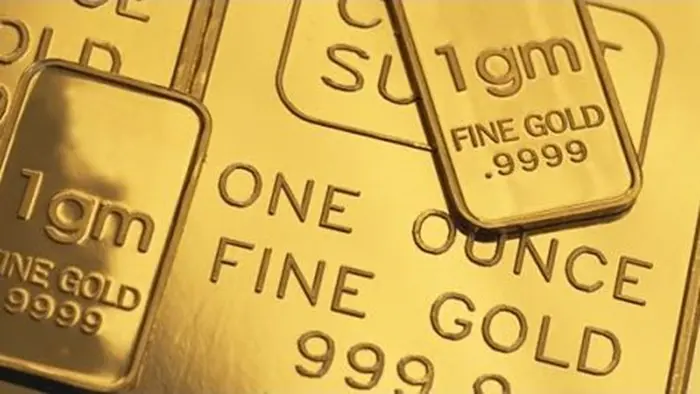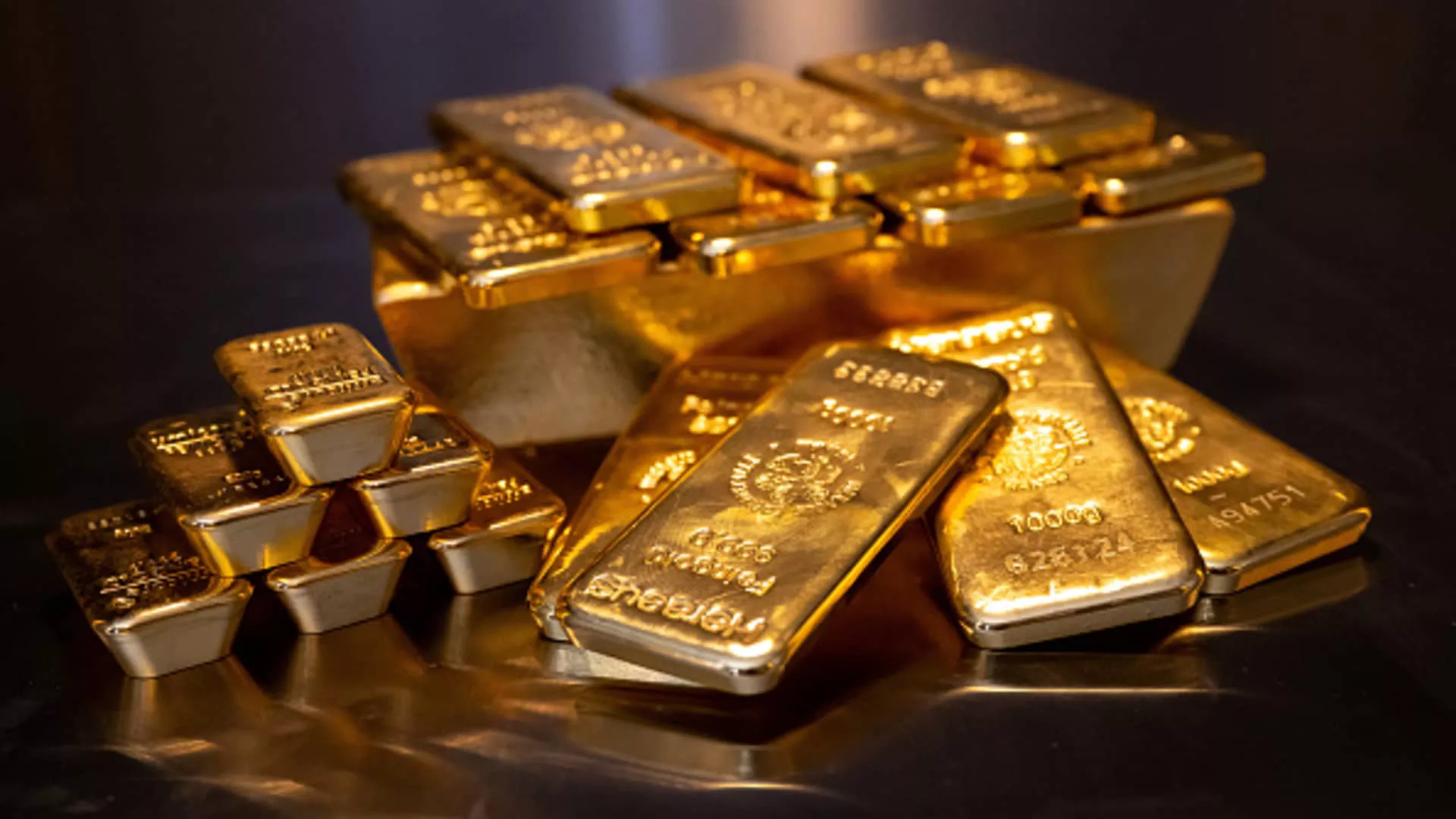Gold is one of the oldest and most coveted precious metals in the world. It has been used as a store of value, currency, and a symbol of wealth for centuries. When we think of gold, we often envision a bright, yellow metal that catches the light in a mesmerizing way. However, not all gold appears the same. Some gold appears more yellow, while others may have a different hue altogether, ranging from white to rose gold. This difference in color is due to a variety of factors, including the purity of the gold, the presence of other metals in the alloy, and the processes used to refine and shape the gold. In this article, we will explore the science behind the varying shades of gold, why some gold is more yellow, and what affects its color.
Understanding the Basics of Gold
1. Gold’s Natural Properties
Gold is a chemical element with the symbol Au and atomic number 79. It is a soft, dense metal that is highly malleable and ductile, meaning it can be easily shaped into various forms. In its natural state, gold is usually found in its pure form (24 karat, or 24K), but because it is too soft for many practical uses, it is often alloyed with other metals to improve its durability.
The color of gold is primarily determined by its atomic structure. Gold has a unique electronic configuration that absorbs and reflects light in a way that gives it its distinctive yellow hue. Pure gold (24K) typically has a rich, deep yellow color. However, when mixed with other metals, the light absorption and reflection properties change, leading to variations in color.
2. Gold Purity and Its Impact on Color
Gold purity is measured in karats (K), with pure gold being 24K. Lower-karat gold, such as 18K, 14K, or 10K, contains a mix of gold and other metals, such as copper, silver, palladium, or zinc. The purity of the gold directly influences its color, with pure gold having the most vivid yellow appearance. As gold is alloyed with other metals, the color changes depending on the types of metals mixed in and their respective proportions.
For example, 22K gold has a slightly lighter yellow hue compared to 24K gold, and 18K gold, with a higher percentage of alloy metals, may appear more muted or even reddish-gold if copper is used in the alloy. The higher the gold content, the more pronounced the yellow color, while alloys with a higher concentration of other metals can alter the natural yellow of gold.
Factors That Affect the Color of Gold
Several factors contribute to why some gold appears more yellow than others. These include the purity of the gold, the types of alloys used, and the process by which the gold is refined and shaped.
1. Alloying Metals and Their Influence on Color
Gold is rarely found in pure form in jewelry or other items because it is too soft to be practical for most applications. To make gold more durable and suitable for everyday use, it is alloyed with other metals. The type and amount of alloy metals used in gold will determine its final color.
a) Copper – Copper is one of the most common metals added to gold to improve its strength. Copper has a reddish-brown color, which can give gold a red or rose tint. Gold with a high copper content is often referred to as rose gold or red gold. As copper content increases, the gold’s yellow color becomes less pronounced, and it may appear more reddish.
b) Silver – Silver is another common alloy metal. Silver has a bright, shiny, white appearance. When mixed with gold, silver lightens the yellow color, resulting in a whiter or paler yellow shade. Gold that contains more silver often has a more white-gold or pale-yellow appearance.
c) Palladium – Palladium is a precious metal that belongs to the platinum group. It is often used in higher-end white gold alloys. Palladium produces a light-colored, silvery-white hue, which can further reduce the yellow of gold.
d) Zinc – Zinc is sometimes added to gold alloys to make the mixture harder and more durable. Zinc can also lighten the overall color of the gold, leading to a less vibrant yellow.
e) Nickel – Nickel is a hard, silvery-white metal commonly used in the production of white gold. While nickel does not directly affect the yellow color of gold, its use can result in a cooler-toned gold with a less pronounced yellow hue.
2. Gold Karat and Purity
The karat of gold is a measure of its purity. Pure gold is 24K, meaning it is made up of 100% gold. However, because pure gold is soft and easily scratched, it is often alloyed with other metals to create more durable alloys.
24K Gold: This is the purest form of gold, and it has the most intense yellow color. As the purity decreases, the yellow tone of gold becomes less saturated and more muted.
22K Gold: This is still considered high-quality gold, with a rich yellow hue, but it contains 8.3% alloy metals.
18K Gold: This gold contains 25% alloy metals and has a less saturated yellow color, depending on the alloy mix.
14K Gold: With 41.7% alloy metals, 14K gold appears paler, and its yellow color is less pronounced.
10K Gold: This is the least pure gold, with only 41.7% gold content, and its color is typically a very light yellow or sometimes even closer to white.
In general, higher-karat gold (such as 22K or 24K) has a more vivid yellow color, while lower-karat gold (18K or 14K) may appear less yellow and more muted, depending on the specific alloy used.
3. Gold Refining Process
The way gold is refined can also affect its appearance. There are different methods for refining gold, including:
Cyanidation: This process uses cyanide to dissolve and remove impurities from gold. After refining, the gold may have a purer, more uniform color.
Electrorefining: This involves passing an electric current through gold to purify it. This method can also influence the appearance of gold.
Smelting: Smelting involves heating gold to high temperatures to remove impurities. The resulting gold may have a slightly different hue depending on the temperature and other factors used in the process.
The refining method can influence how well the gold retains its natural color or whether it takes on a more dull or lighter hue due to the removal of impurities.
4. Gold Surface Treatments and Polishing
In addition to the alloying process, the surface treatment and polishing of gold jewelry can also affect its appearance. Many gold jewelry pieces are polished to a high shine, which can intensify the yellow color of the metal by reflecting more light. On the other hand, a matte finish can give gold a more subdued and less yellow appearance.
Some gold jewelry is also plated with another metal (like rhodium plating for white gold), which can alter the appearance of the gold beneath.
5. Gold from Different Geographic Sources
Gold found in different parts of the world can have slight variations in color due to the presence of trace elements and other minerals in the ore. For example:
South African gold: Known for having a rich, yellow color due to a higher concentration of copper and silver in the region’s gold deposits.
Australian gold: Tends to have a more reddish tone because of its higher copper content.
Asian gold: In some regions, gold is commonly found in its 24K form, which maintains a bright, yellow hue.
These geographic differences are largely due to the geological conditions in which the gold is mined, as well as the specific refining processes used in different regions.
Why Does Yellow Gold Matter to Investors and Consumers?
The color of gold can have significant implications for both investors and consumers, particularly in the world of jewelry and luxury goods.
1. Consumer Preference and Market Trends
Yellow gold has always been a classic choice in jewelry, particularly for engagement rings, wedding bands, and other traditional pieces. However, over the years, there has been a shift toward white gold and rose gold, which has affected market demand. Yellow gold, due to its rich, classic appearance, is still highly valued in many cultures, especially for vintage and heirloom pieces.
In some markets, consumers may prefer the deeper, more saturated yellow gold for its perceived purity and luxury, while others might prefer the more subtle hues of gold with alloyed metals.
2. Gold as an Investment
Gold’s color doesn’t have a direct effect on its value as an investment, but purity does. Investors typically prefer 24K gold for investment purposes because it is pure and easy to trade. This makes yellow gold (24K) a popular choice in bullion bars, coins, and other forms of investment-grade gold.
However, for those looking to invest in gold jewelry, the market demand for gold pieces with a specific color or hue might impact the resale value. For example, while pure yellow gold may have a higher value as an investment, pieces with a unique look, such as rose or white gold, may also attract premium prices depending on market preferences.
Conclusion
The reason some gold appears more yellow than others is primarily due to its purity, the types of alloy metals used, and the processes involved in its refinement and finishing. Pure gold (24K) has the most vibrant yellow hue, while gold alloys with lower purity or additional metals like copper, silver, or palladium can result in different colors ranging from rose gold to white gold. Understanding these factors can help consumers and investors make informed decisions about their purchases and investments in gold.
Gold’s color is not just a superficial feature; it reflects the metal’s purity and quality, as well as the craftsmanship involved in its creation. Whether you’re purchasing gold jewelry or investing in gold for its intrinsic value, the nuances of gold’s color play a significant role in its appeal and worth.
Related topics:

